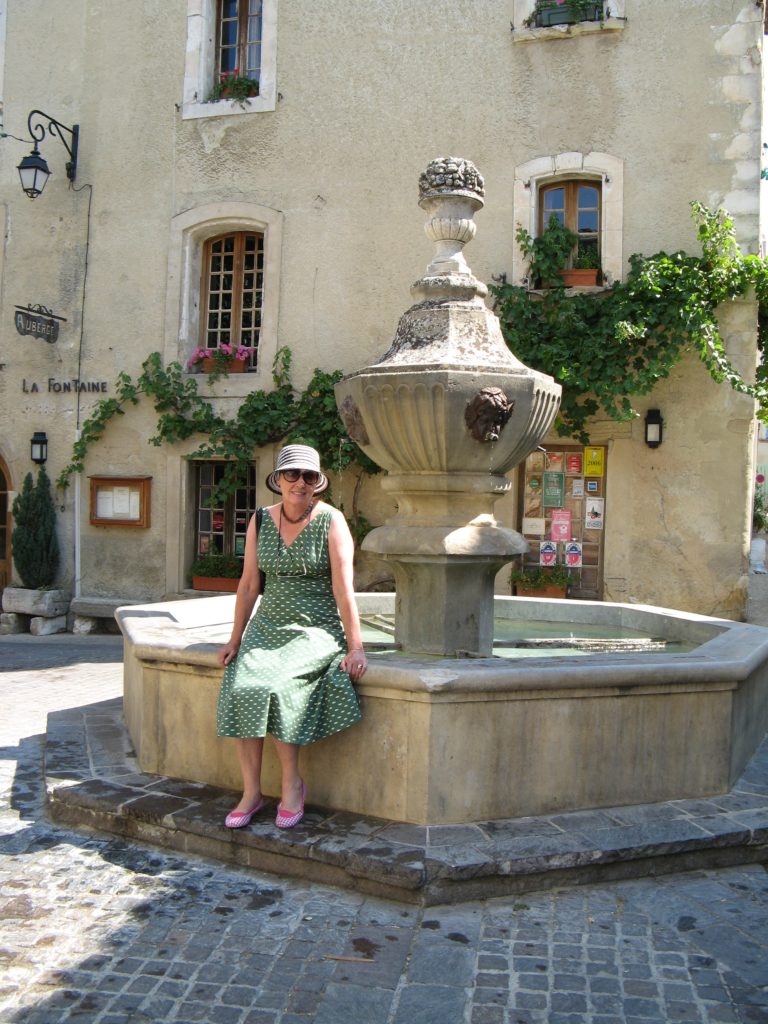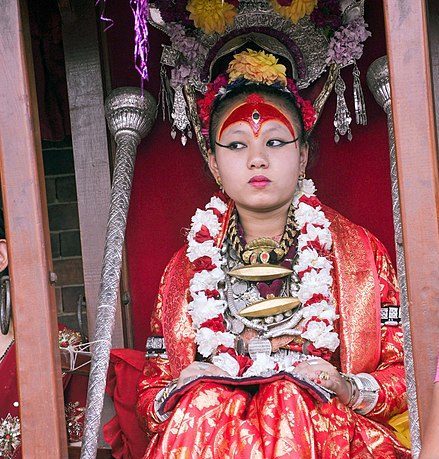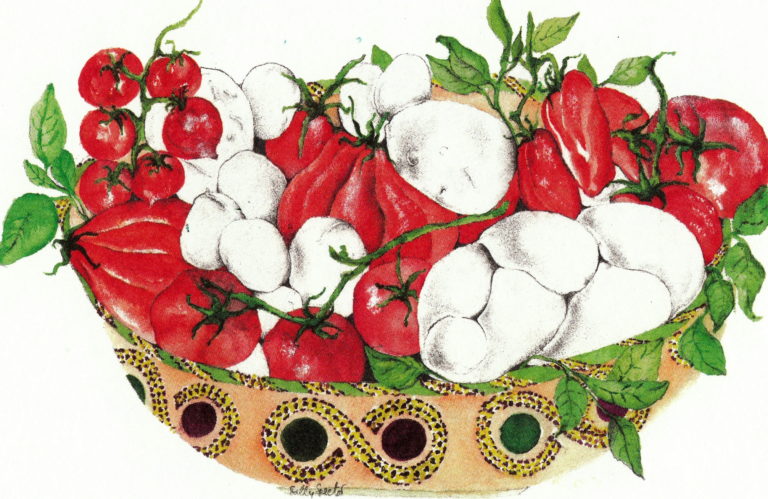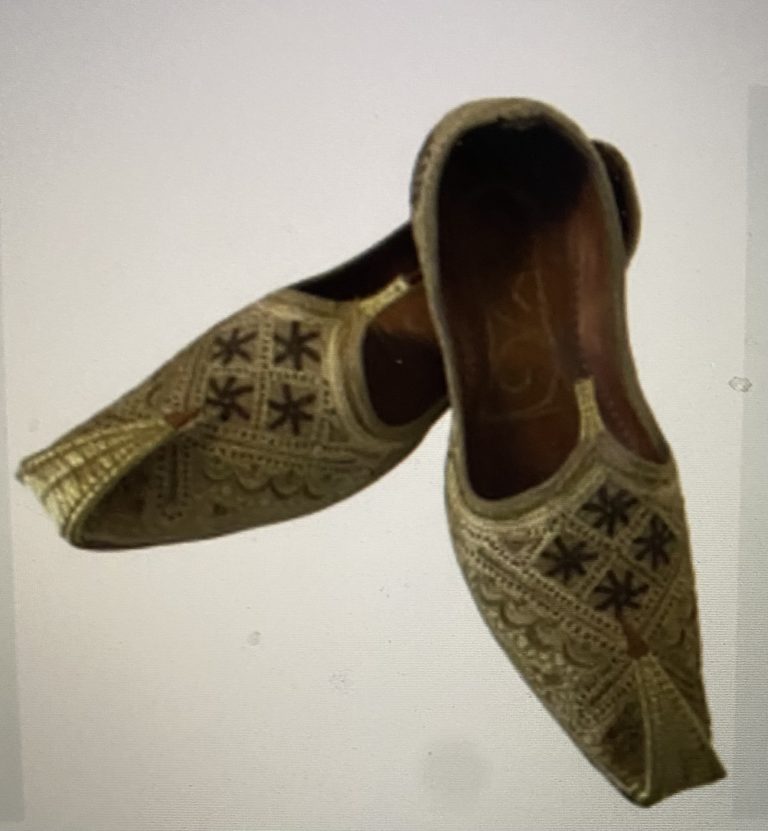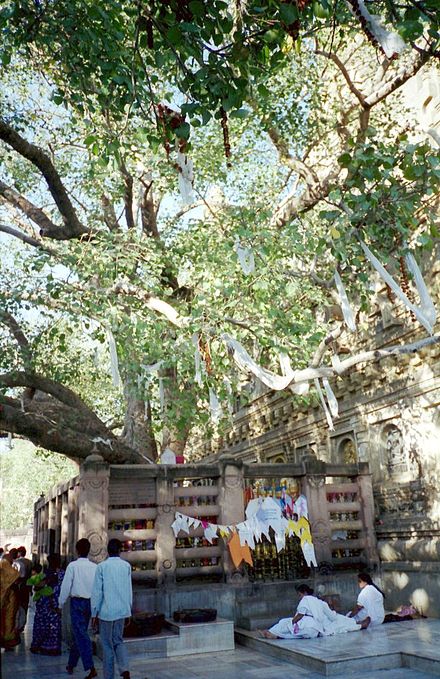A Visit to Atafu
The New Zealand Air Force kept a squadron of Sunderland flying-boats in Suva to patrol the South Pacific and help with medical and other emergencies. It was much more convenient to visit the Tokelau atolls north of Samoa by aircraft than by the slow and occasionally rough journey by boat, so I happily accepted an invitation to join a flying-boat that was in Samoa on its way north.
The aircraft, laden with fresh bread, milk, sausages and other food unobtainable on the atoll, landed at Nukunono, the middle of the three Tokelauan islands. There was great rejoicing and the generous inhabitants, helped by the nuns posted there, set to work to serve most of the new food back to us in a huge feast. The aircrew and I stayed at the Catholic presbytery and I gave the old French priest a bottle of Vat 69, telling him that it was the Pope’s telephone number. For the rest of the evening he would break into a quiet chuckle every time he thought of this.
We went to bed after midnight after I had rashly promised to attend morning Mass. I slept on the floor on my back and whether it was a generous resort to the papal number I seemed to be no sooner asleep that the sacristan was shaking me awake to say that Mass would be at 5. I wrestled with the strong inclination to turn over and go back to sleep. When I got to the church it was filled with the entire village and a special kneeler had been prepared for me, covered in fine mats and ornamented with garlands of flowers. I realised what a scandal it would have been if I had slept in.
After breakfast we prepared to leave. Word of my marriage in two weeks’ time (February 1960) had leaked out and the islanders had filled the back of the plane with wooden Tokelauan boxes, the soft woven mats on which baby Caroline later learnt to crawl and enough little Tokelauan drums to outlast a series of marriages. The plane took off on the wide lagoon and as it gained height it was suggested that we should land on Atafu, the northernmost of the atolls, which the Air Force had never visited. A little later Atafu appeared beneath us looking like a jewel, a shining turquoise set in a golden ring of sand, surrounded by the sapphire blue of the sea. It also looked rather small but this was discounted because of our height.
The plane got down with no difficulty but the lagoon now looked as small as ever. The crew backed the aircraft until its tail was in the palms and we set off for the return. I was kneeling on the rise between the two pilots, looking out of the windscreen at the palms on the other side of the lagoon. With all four engines roaring the plane moved at a placid pace. Halfway across the lagoon we had reached an easy walk. The palms ahead of us could now be seen as separate trees. The aircraft was shaking with the effort and even the rivets seemed to be rattling but we still seemed to be nowhere near take-off speed. When I could see the individual fronds on each palm I clutched the seats on either side, resigned to our plunging through the palms and into the ocean. Then miraculously the plane lifted off and the palms shot past beneath us.
I dismissed my anxiety as that of a typical layman. The pilots as professionals would have known all along when we would lift off. These soothing thoughts were ended by the pilot pushing his cap and earphones back on his head and saying “Christ!” No more landings were ever made at Atafu.
